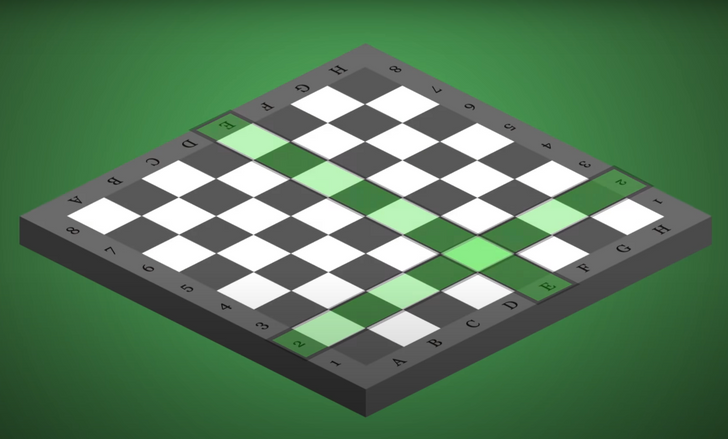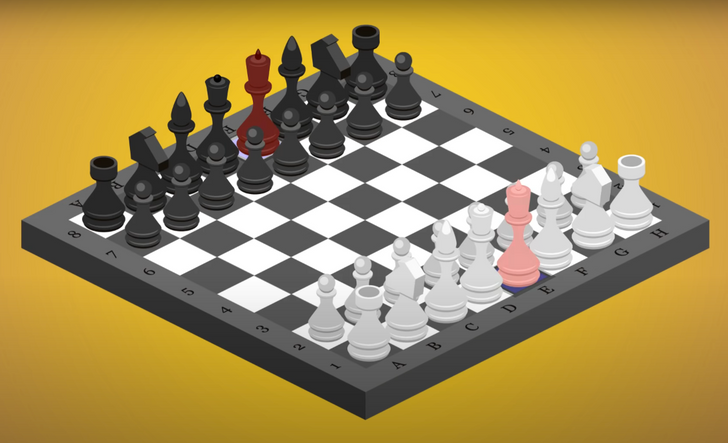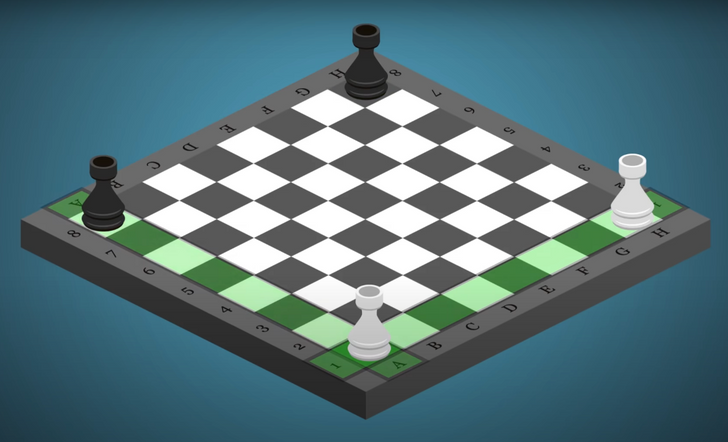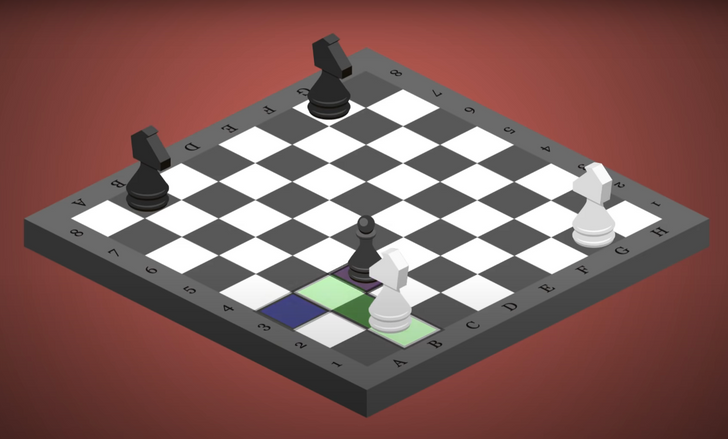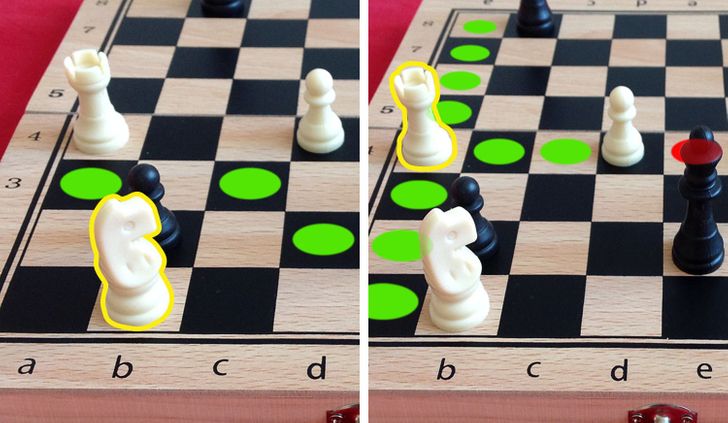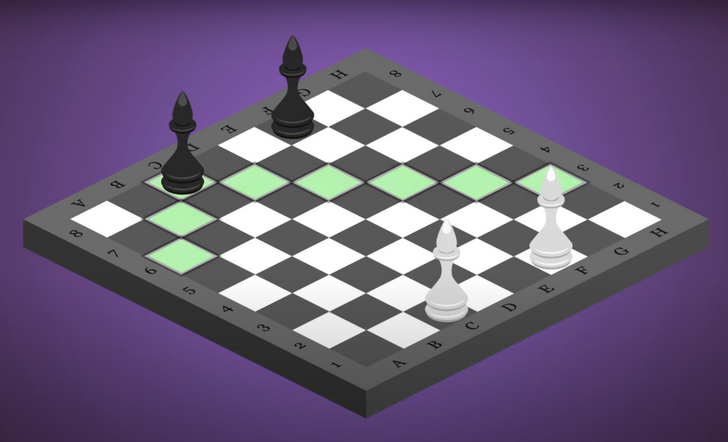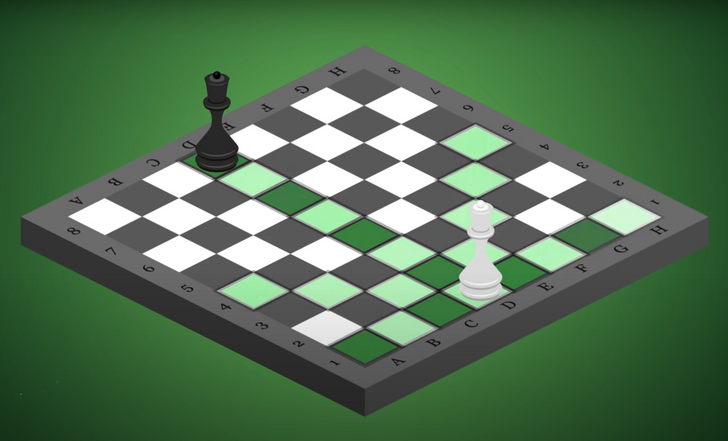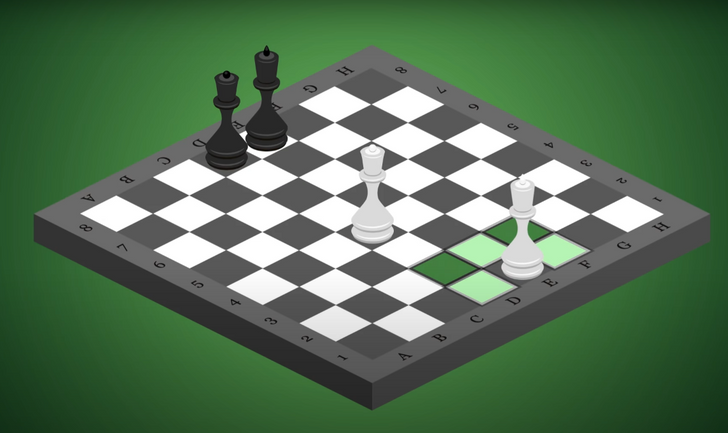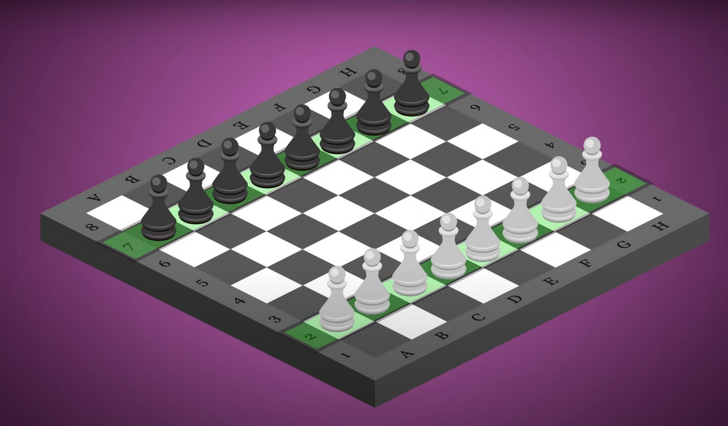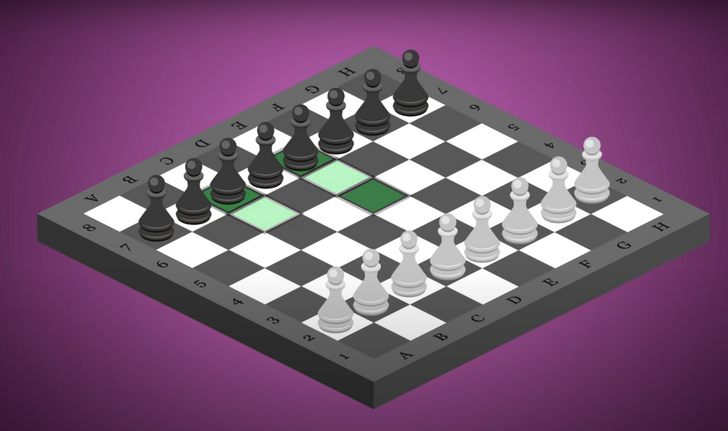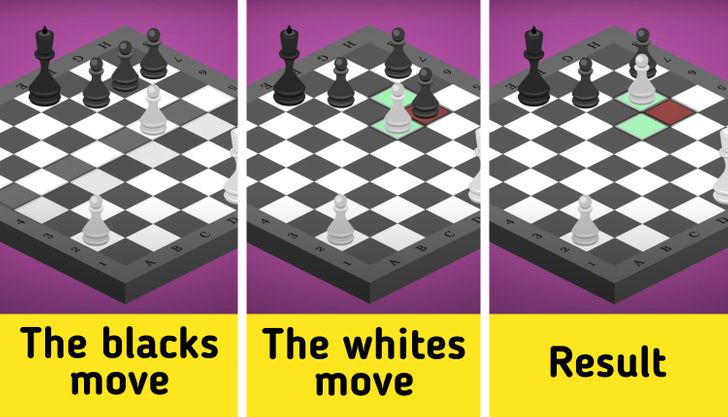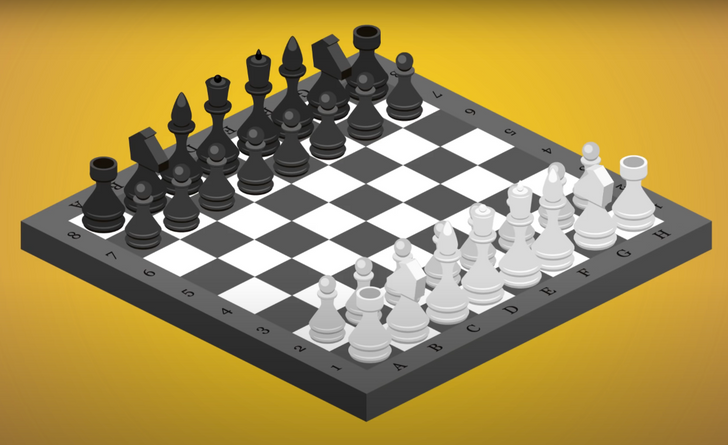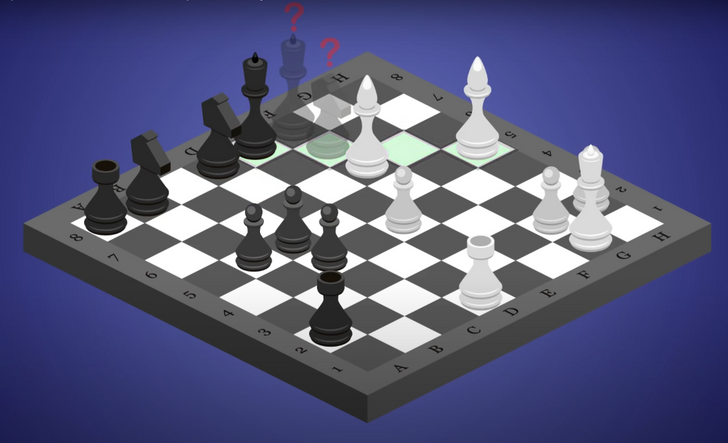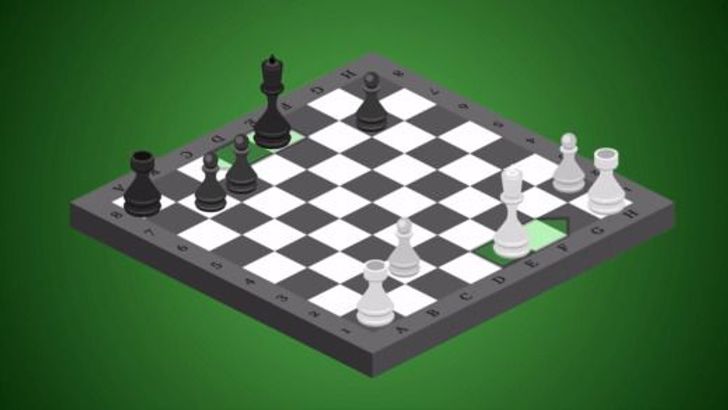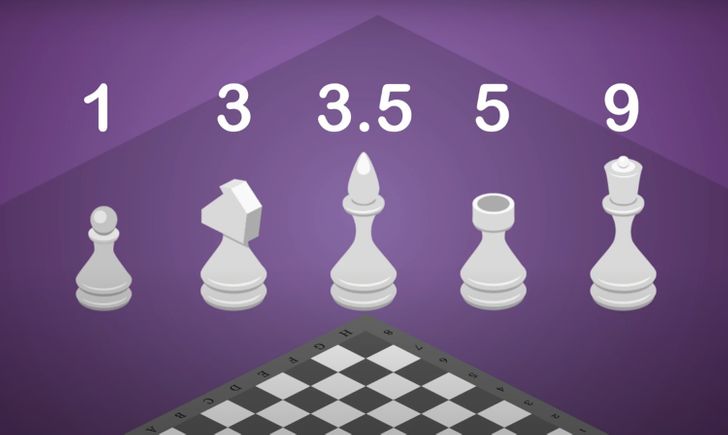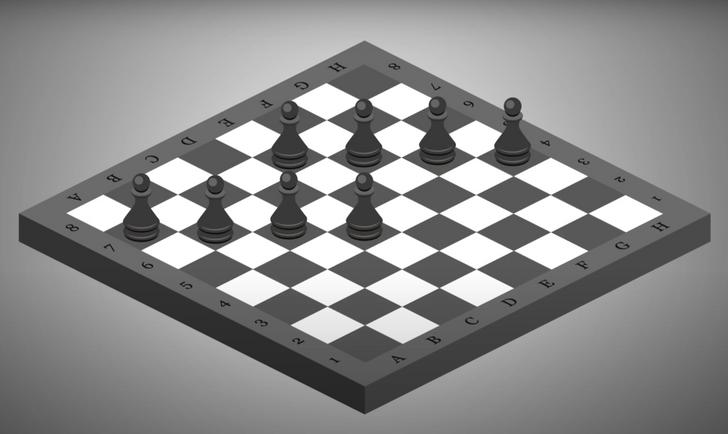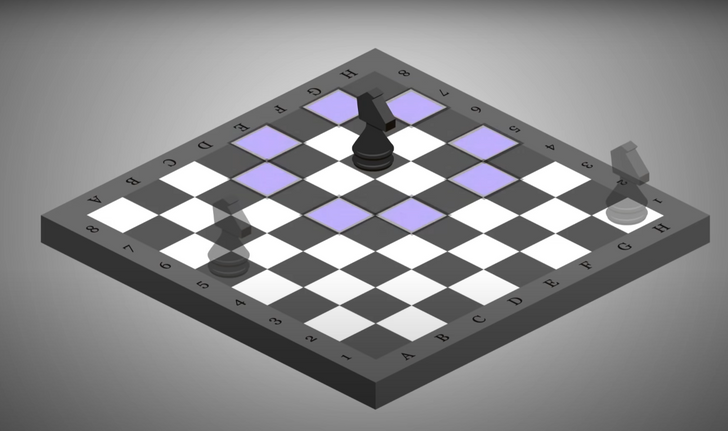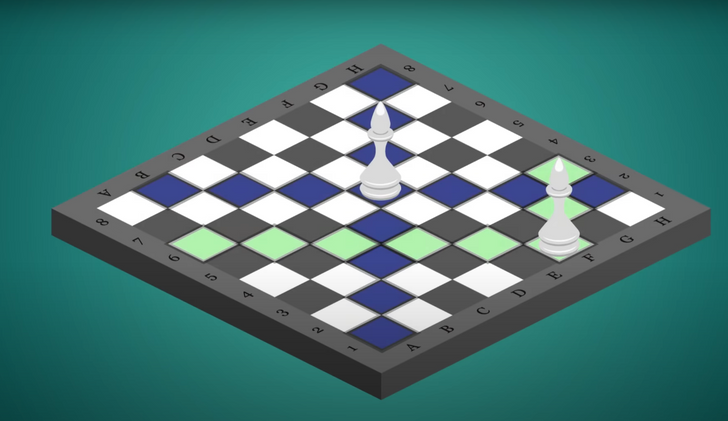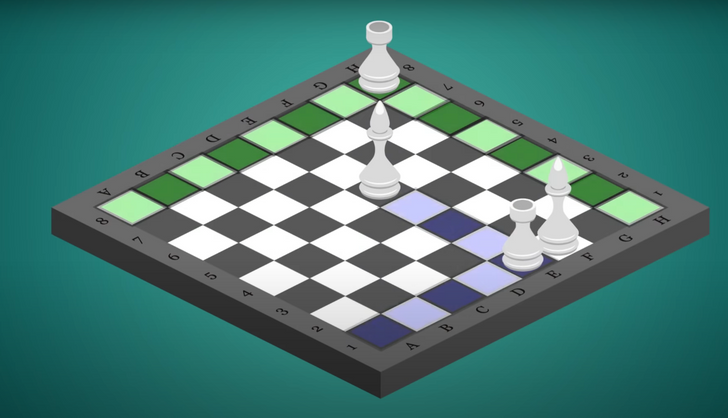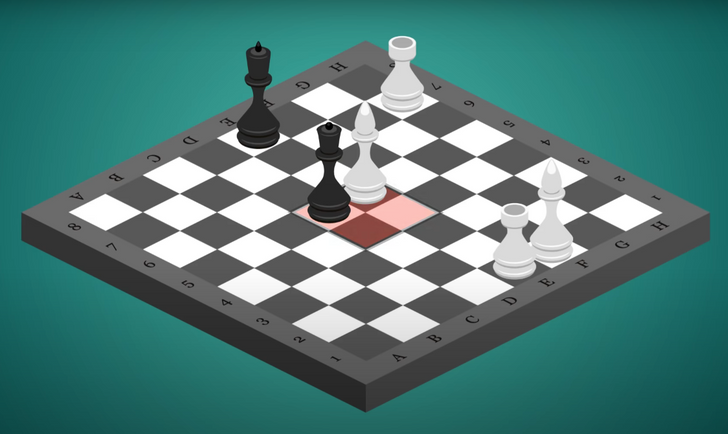How to Learn to Play Chess
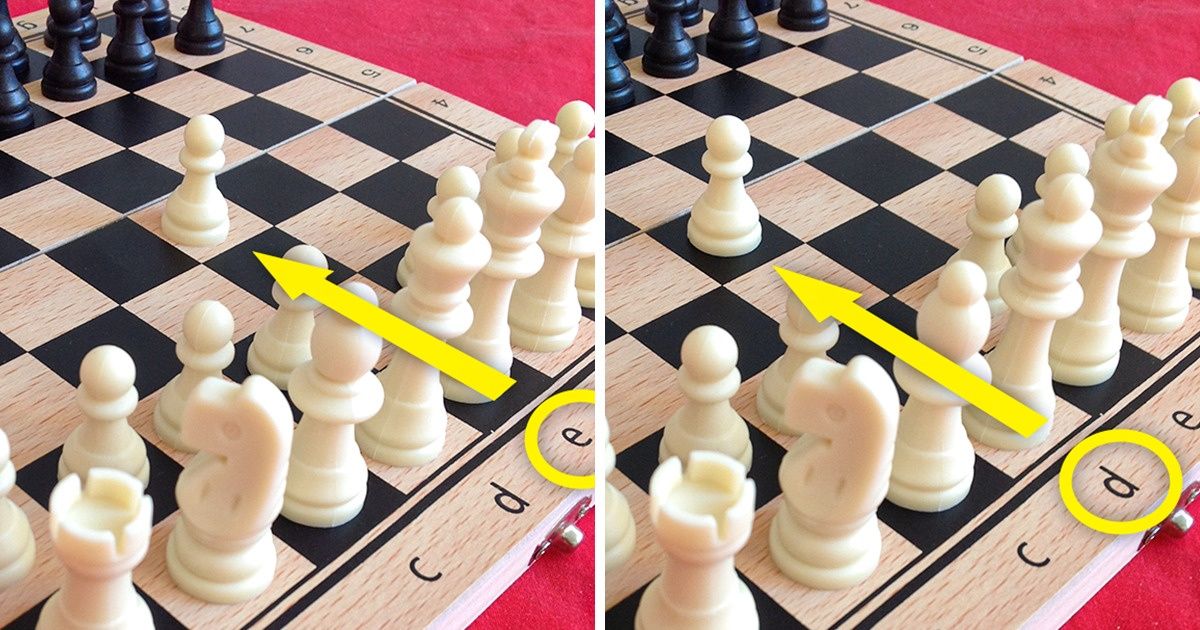
Chess has always stood out from other games and has been considered a choice of highly intellectual people. However, in reality, the rules of this game are quite simple, but you’ll still need your wittiness and slyness to checkmate your opponent as fast as possible.
5-Minute Crafts offers you a detailed guide for beginners who want to learn how to play chess.
How to set out the pieces correctly
A chessboard has 64 squares. It has rows (called ranks) marked with numbers and columns (called files) marked with letters. Thanks to this each square has its own marking which consists of a rank number and a file letter.
At the outset, all pieces are set out along files in a strict order, the way it’s shown in the picture above. Pay attention to a couple of things at the initial setup of the pieces:
- The queen starts on the square of its own color.
- The white king always starts at the E1 square, the black king — at E8.
How the pieces move
The rook moves only vertically and horizontally through any number of squares. If there is a piece of the opposite color in its way, the rook can attack by taking its square. The attacked piece is then removed from play.
At the start of the game, white rooks are located on squares A1 and H1, black rooks — on A8 and H8.
The knight moves 2 squares vertically and one square horizontally, or 2 squares horizontally and one square vertically forming the shape of an “L.” It can attack the pieces of the opposite color that occupy the final square of its move.
At the start of the game, white knights are standing at B1 and G1, black knights — at B8 and G8.
An important note: It’s only the knight that can jump over other pieces while making a move. Thanks to this, the first move in the game can be made with the knight by jumping over pawns. Other pieces don’t have this privilege. For example, the move of the rook will be limited if there is another piece standing in its way.
The bishop moves diagonally through any number of squares if there are no other pieces in its way. Each player is given 2 bishops: one moves only on white squares (light-squared) and the other — only on black squares (dark-squared).
At the start of the game, white bishops occupy C1 and F1, while black bishops occupy C8 and F8.
The queen has the right to move over any number of unoccupied squares in any direction vertically, horizontally or diagonally, combining the possibilities of the rook and the knight. This makes it the strongest piece in the game: being in the center, it can attack 27 squares at once if there are no obstacles in its way.
At the start of the game, the white queen is on the D1 square, the black queen is on D8.
The king is the main piece in chess. Losing it means defeat. The white king starts the play on E1, the black king — on E8. Each of them can only move one square in any direction and attack other pieces located next to it, by following these conditions:
- The minimum distance between 2 kings should be one square.
- The king cannot occupy a square if the move would place the king in check.
The pawn is the weakest piece that can be promoted to any other piece except for the king, by reaching the opposite end of the chessboard. Therefore, by the end of the game, each player can have up to 9 queens. Though sometimes it’s better to convert the pawn into a knight.
At the start of the game, the row of white pawns occupies the A2 — H2 rank, black pawns occupy the A7-H7 rank.
The movements of pawns are limited by several rules:
- Normally a pawn moves only one square forward, which is located right in front of it, but it cannot capture the piece standing right in front of it.
- If it’s the pawn’s very first move, it can move either 1 or 2 unoccupied squares forward along its file.
- If there is the opponent’s piece one square diagonally forward (either to the left or to the right), the pawn can capture and occupy this piece’s square and hence change its file.
The pawn has one more unusual movement that is called “the en passant capture.” Let’s say you are playing with white pieces and your pawn is standing in the 5th row. The pawn of your opponent moves 2 squares forward during its first move and occupies the square next to you. Now it’s your turn to move: you can move your pawn diagonally and capture the moved pawn “in passing” as if it had only moved one square forward during its previous move.
The start of the game
According to the rule, the whites always make the first move. At the outset, the rook, the knight, the queen, and the king are closed by the pawns and can’t move. That’s why the first move can be done either with a pawn or with a knight. However, when opening the way to other pieces, you should keep in mind that you need to think about how to protect them from your opponent’s actions.
The chess game includes 3 stages:
- A chess opening — when all players unfold their pieces and make the first moves (the way that the game will develop depends on the latter).
- The middlegame during which the main actions of the game take place: the players defend their pieces attacking the opponent at the same time, they try to occupy the center and fight for unoccupied columns.
- The endgame is the final stage of the game. Most pieces have already been removed from the board, kings start to move actively, and the players try to promote pawns to queens.
The objective of the game
It’s required to put the opponent’s king in a position where it won’t be able to defend itself from an attack. By attacking other pieces you remove them from the board. The fewer pieces your opponent has, the more opportunities to attack the king and give check you have.
- Check- is a situation where you place a piece so that it attacks the opponent’s king with the next move. The king can’t be attacked without warning. If a player gives the opponent’s king check, the opponent must take it away from the attack with the next move by placing it on a different square, by defending it with another piece, or by attacking the threatening piece.
- Checkmate is declared when it’s impossible to defend the king and the game ends. The one who checkmates the opponent is the winner.
An example: In the picture above, the white bishop puts the black king in check. The king can avoid checkmate if it moves to the neighboring square or if it defends itself with the knight.
An important note: The king and the rook can use the castling move. This move lets the player remove the most valuable piece from the center of the board where it is under the biggest danger. How it works:
- The king moves 2 squares toward any rook.
- The rook, at the same time, jumps over the king and occupies the square next to the king.
There should be no other pieces between the king and the rook, and the king shouldn’t be in check. It should be the first move in the play for the pieces taking part in the castling. The castling is considered to be one move, even though 2 pieces make the move.
The value of pieces
Each piece has its relative value. The value of pawns is 1, the knight’s value is 3, the bishop has a value of 3.5, the rooks — 5, and the queen — 9. This classification helps compare the common value of each player’s pieces and understand which of them has the advantage.
Useful tips for beginners
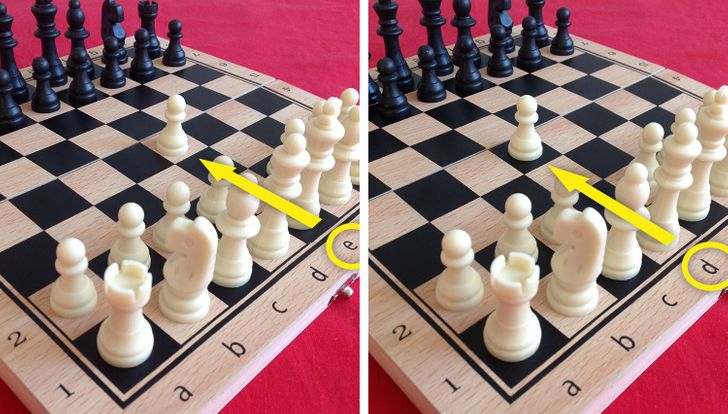
The one who manages to occupy the center with their pieces has a bigger advantage. For that, make sure to move your pawns forward at the beginning of the game. It will make it difficult for your opponent to use all their potential and all the opportunities of their pieces.
Don’t make impulsive moves, try to plan your moves in advance and foresee the moves of your opponent. Perhaps in some moments, you will have to refrain from attacking your opponent or sacrifice a valuable piece to eventually win.
Pawns are stronger when they are standing in a chain (like the one shown in the picture above). This way they defend each other from attacks. Connected passed pawns are an effective method of attacking.
The knights are weak if you keep them at the edge of the board. But if you place them closer to the center, they will be controlling up to 8 squares. Moreover, this piece can attack any other piece, apart from a similar one, without the threat of getting a retaliatory strike.
The bishops are strongest on long diagonals or the shorter ones next to the long ones. They are also effective for sustaining the base of the pawn chain of the player or destroying the opponent’s chain of pawns.
The rooks have more influence on open verticals where they can help the pawns move to the opposite edge of the board and keep the opponent’s king from some segment of the chessboard.
The best place for the queen is in the center if there are not many pieces around. Many players prefer to keep it one move from the center and not block the way of other pieces.
What a stalemate is
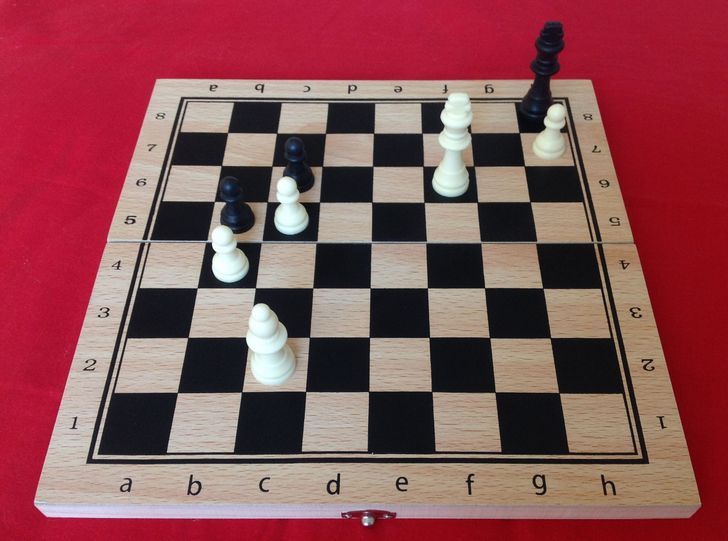
Stalemate is the position where the player has the right to move but can’t use it due to the absence of pieces on the board or due to the absence of the opportunity to move according to the rules, even though the king is not in check. According to the rules, if a stalemate occurs, the game ends in a draw.
In the photo above, the player controlling the black pieces doesn’t have an opportunity to make a move. Their pawns are blocked and the king is trapped. This player will benefit that the game ends in a draw. Their opponent who plays with white pieces will not be happy that he lost the opportunity to win the game.
How to quickly advance from a beginner to an expert player
- Learn different strategies for each stage of the game. Start with the endgame, then shift to the chess opening and finish with the middlegame. It will help you remember certain combinations of moves, learn to foresee the behavior of the other player, and plan your actions effectively.
- Learn the theory. Try various online courses, don’t hesitate to study from textbooks, especially if they are for kids — many things there are explained in simple terms.
- Practice by solving exercises. It’s beneficial for beginners to develop tactical skills. This will help you to see more opportunities while playing.
- Play with opponents who are a bit stronger than you, but not with a computer. It’s quite hard to find the right level with a computer as your opponent — the game might either be too hard or too easy.
- Analyze the game: Jot down the moves of both players during the game and study them carefully afterward.
